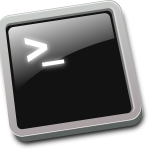Scripting the Linux ‘passwd’ command easily without interactive prompt
If you are looking for a quick and easily solution to changing your Linux passwd from a script, you have come to the right place. As you already know, the passwd command prompts the user to enter the desired password as well as a confirmation, but I have a solution that will change the password … Read more









